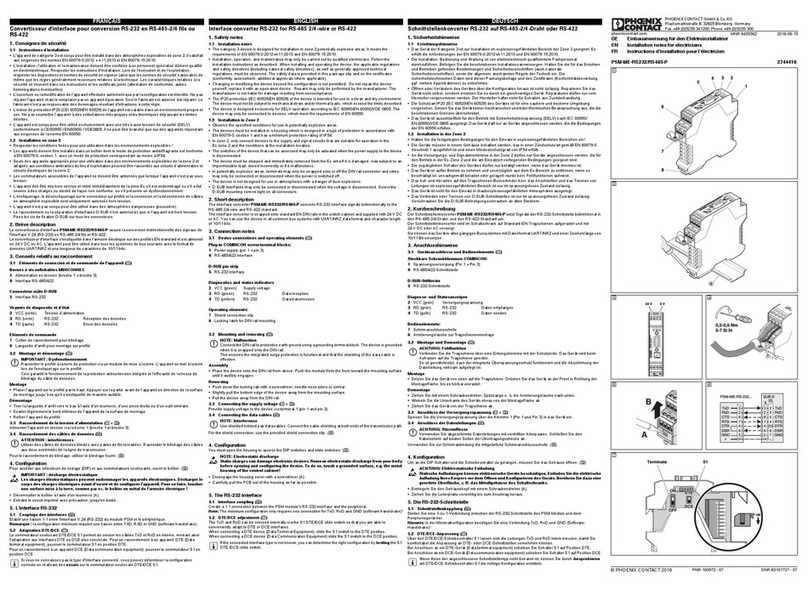Table of Contents
Introduction to the SM1 Systems......................................................................................3
Decoder Connections..................................................................................................3
Trigger Inputs........................................................................................................3
Programming Jac .................................................................................................3
Initial Checkout.................................................................................................................4
The Basic Bench Test..................................................................................................4
Trigger Chec out.........................................................................................................4
Default Trigger Assignments.......................................................................................4
DCC..................................................................................................................................5
DCC Function Defaults...............................................................................................5
Control Variables (DCC CV).......................................................................................6
Chart 1: Function Output Assignment (CV 35-50)................................................7
Chart 2: CV29 NMRA Configuration Values........................................................7
Decoder Reset.......................................................................................................7
Standard Sounds and Effects...............................................................................................
All Systems.................................................................................................................8
Diesel Systems............................................................................................................8
Steam Systems............................................................................................................8
Triggered Sounds and Effects..............................................................................................9
All Systems.................................................................................................................9
Diesel Only.................................................................................................................9
Steam Only..................................................................................................................9
General Installation Guidelines.........................................................................................10
e SM1 : Bachmann Large Scale Socket.........................................................................11
Plug In Installation..............................................................................................11
Spea er................................................................................................................11
K-27 Optical Chuff Jumper.................................................................................11
e SM1 ST: Screw Terminal...........................................................................................12
Installation...........................................................................................................12
Spea er................................................................................................................12
e SM1 AR: Aristocraft Socket.......................................................................................13
Mostly Plug In Installation..................................................................................13
Spea er................................................................................................................13
Troubleshooting................................................................................................................14
LED Indicators..........................................................................................................14
Technical Specifications.....................................................................................................15
Access Jack Diagram.........................................................................................................15
Appendix A: SM1 ST Wiring Diagrams...........................................................................16
Basic DCC.................................................................................................................16
CVP Airwire Converter.............................................................................................17
Crest Revolution DCC...............................................................................................18
Appendix B: e Computer Interface................................................................................19
Warranty..........................................................................................................................20
September 2020
- 2 -




























